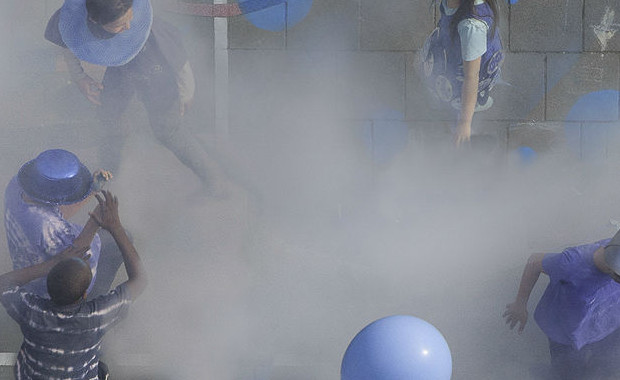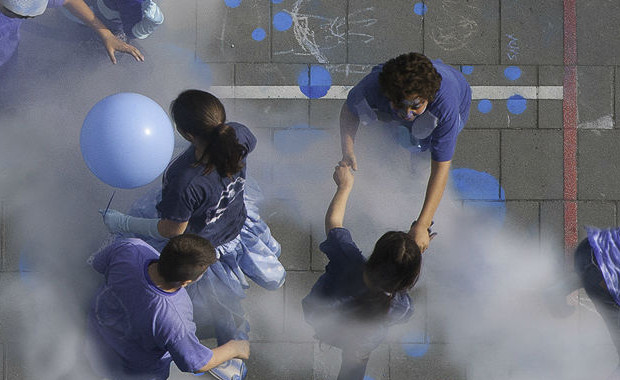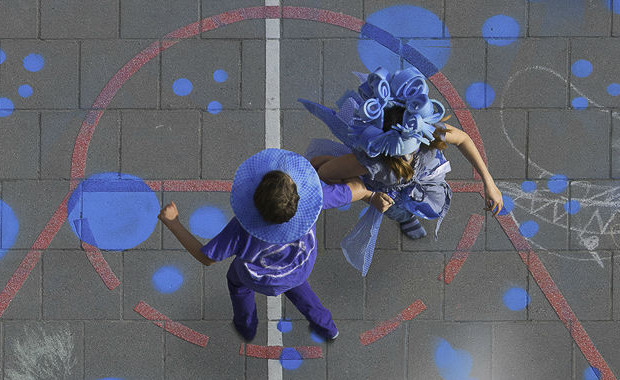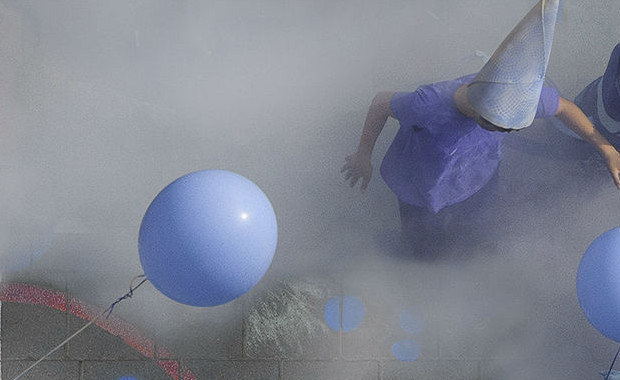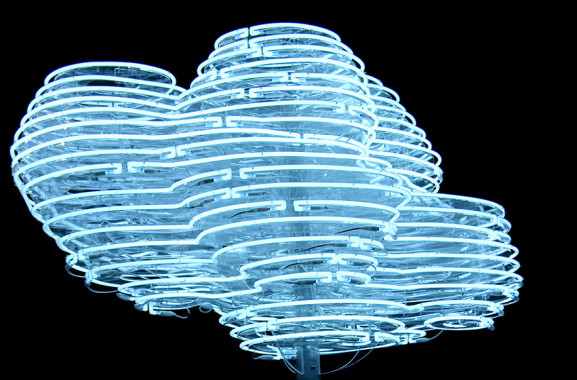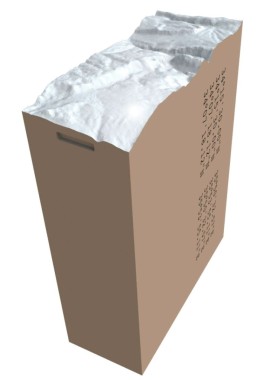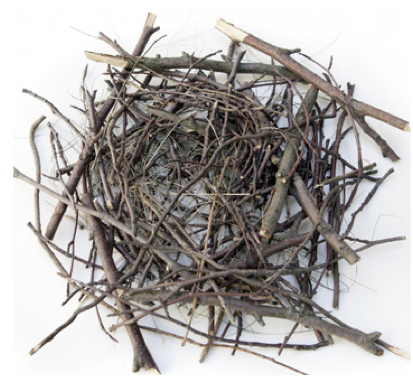BLAUWE BLOEM
The artist Katrin Korfmann gives special attention to collective rituals that blur individual identity and connect people to a community. Her project Blauwe Bloem (eng. blue flower) is part of her work series Ensembles assembled. The ‘magical moment’ invoked here reveals the presence of a ritual in which people form a larger organism through common activities.
After the artist travelled for ensembles assembled all around the world she created Blauwe Bloem, her second self-created ritual. On this occasion, Korfmann corresponds by the form of a happening which is based on an improvised event with a direct relation to the audience.
Katrin Korfmann formulates works with symbolic character, contextual recognizable by the reference to rites, myths and magic. Blauwe Bloem is derived from a ceremony that the artist has developed in collaboration with the St. Janschool in Amsterdam. Two groups of pupils worked together with the artist on the historical background, the creation of the costumes, the choice of the music and the naming of the project.
The story of the ritual concerned with a teacher called Daisy who leaves her school after seven-year teaching time to work as a florist in a shop. The school becomes gradually deserted and is soon no more visited by anyone. After 20 years Daisy gets homesick and resolves to return to the desolate school, to re-establish it and to become the director. When she enters the school campus she meets the janitor Jan who has protected the school all the time. Daisy hands over a flower to him and asks to plant it in the overgrown garden of the school. In the next morning a lake of flowers grows magically overnight in the before lifeless garden. Later a crowd of pupils appears wanting to be taught at the school surrounded by flowers.
The Day of Daisys return will be celebrated as a special day of the blue flower from 2015 on every year, on the 24th of April.


